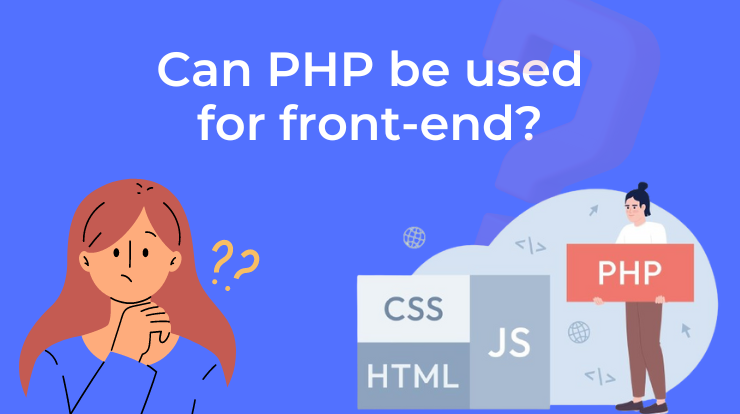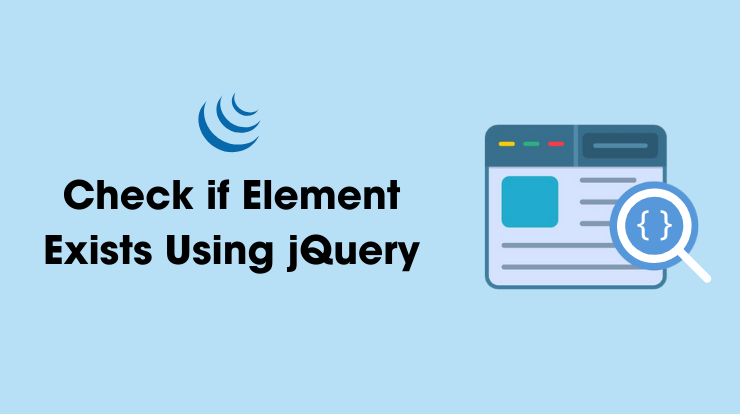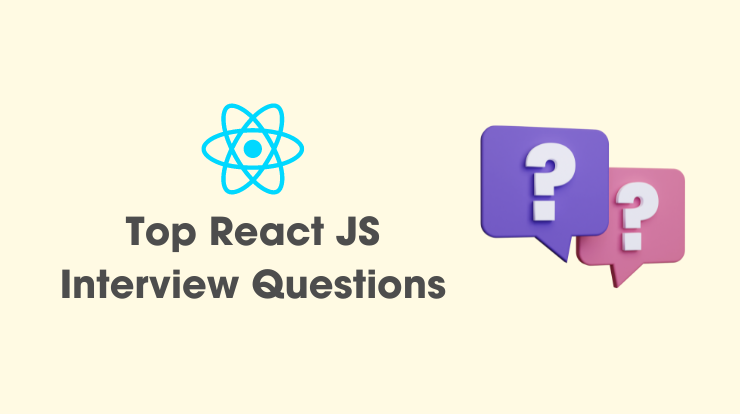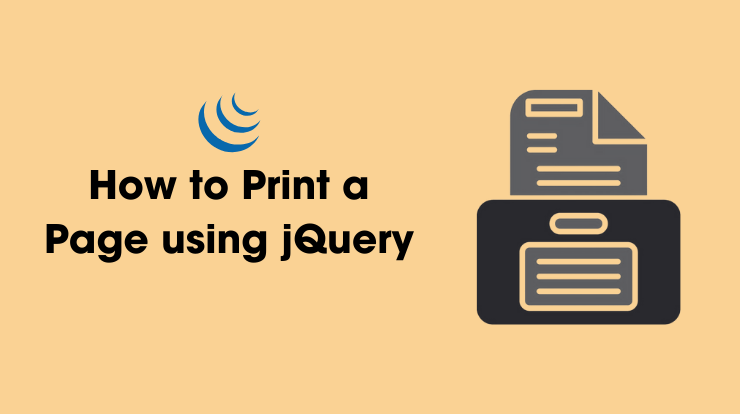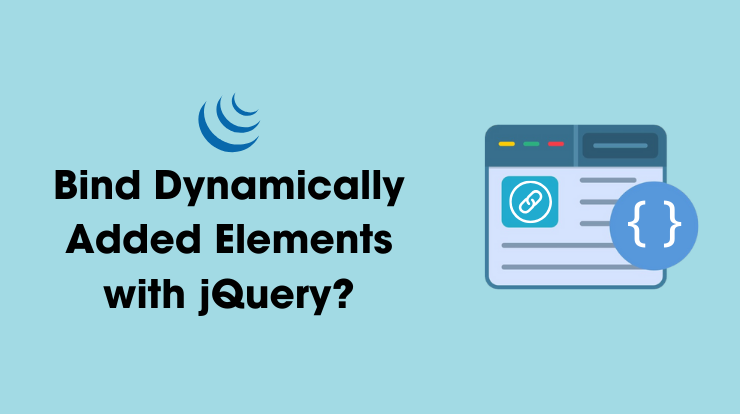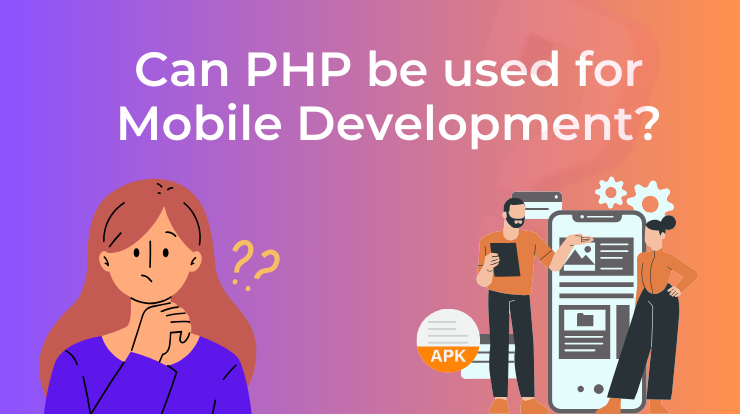In the dynamic world of web development, PHP has long been recognized as a powerful server-side scripting language, renowned for its versatility and ability to handle complex tasks on the back end. However, when it comes to front-end development, PHP’s role may not be as immediately apparent.
Can PHP, traditionally associated with server-side processes, be effectively utilized for front-end tasks as well? The answer might surprise you – yes, it can!
In this blog post, we’ll delve into the possibilities and potentials of using PHP for front-end development, exploring its capabilities, advantages, and practical applications.
Understanding Front-End and Back-End Development
Before we delve deeper, let’s clarify the distinction between front-end and back-end development.
Front-end development focuses on a website or web application’s user interface and user experience aspects. It involves creating the visual elements that users interact with, such as layouts, navigation menus, forms, and multimedia content.
Back-end development, on the other hand, involves the server-side processes that support and manage the front-end functionalities. This includes tasks such as database management, user authentication, and server communication.
Leveraging PHP for Front-End Development
While PHP is primarily known for its prowess in back-end development, it can indeed play a valuable role in front-end tasks as well.
One of the key ways PHP can be utilized on the front end is through templating. Templating involves separating the presentation layer of a web application from its logic, making it easier to manage and maintain.
PHP’s templating capabilities allow developers to create reusable templates for front-end components, such as headers, footers, and navigation bars, streamlining the development process and promoting code reusability.
<?php include 'header.php'; ?> <!-- Main content here --> <?php include 'footer.php'; ?>
Building Dynamic Front-End Interfaces with PHP
Another area where PHP shines in front-end development is in building dynamic interfaces. While JavaScript has traditionally been the go-to language for client-side interactivity, PHP can complement it effectively by generating dynamic content on the server side. This is particularly useful for applications that require server-side processing before rendering content to the user.
PHP’s ability to handle form submissions, process data, and interact with databases makes it well-suited for building dynamic front-end interfaces that are responsive and interactive. Following is the back-end code to handle the form submission.
<?php
// Process form submission
if ($_SERVER["REQUEST_METHOD"] == "POST") {
// Handle form data
$name = $_POST['name'];
$email = $_POST['email'];
// Process data further (e.g., save to database)
}
?>Integrating PHP with JavaScript for Enhanced Functionality
Furthermore, PHP can be seamlessly integrated with JavaScript to enhance front-end functionality. Developers can combine PHP’s server-side processing with JavaScript’s client-side interactions using a hybrid approach.
PHP can generate JavaScript code based on server-side data, allowing real-time updates and dynamic content without reloading the page. PHP and JavaScript offer endless possibilities for dynamic and efficient web experiences.
<?php
// Generate JavaScript dynamically
$data = ['apple', 'banana', 'orange'];
echo "var fruits = " . json_encode($data) . ";";
?>
<script>
// JavaScript code using PHP-generated data
fruits.forEach(function(fruit) {
console.log(fruit);
});
</script>Getting Started with PHP for Web Development
Getting started with PHP for web development is an exciting journey that opens up a world of possibilities. Here are the steps to kickstart your PHP journey:
- Set Up Your Development Environment:
- Install a local server environment like XAMPP, WAMP, or MAMP, which includes PHP, Apache, MySQL, and PHPMyAdmin.
- Alternatively, you can use a development environment like Docker or Vagrant for a more customized setup.
- Learn the Basics of PHP:
- Start with the fundamentals of PHP syntax, variables, data types, operators, and control structures like loops and conditionals.
- Familiarize yourself with functions, arrays, and error-handling mechanisms in PHP.
- Understand Server-Side Scripting:
- Gain knowledge about how PHP executes on the server side and how it interacts with web servers to generate dynamic content.
- Explore PHP Frameworks:
- Get acquainted with popular PHP frameworks like Laravel, Symfony, CodeIgniter, and Yii, which provide structure and tools to streamline development tasks.
- Work with Databases:
- Learn how to interact with databases using PHP by using database extensions like MySQLi or PDO.
- Practice querying databases, performing CRUD operations, and handling database connections securely.
- Create Dynamic Web Pages:
- Start building dynamic web pages by embedding PHP code within HTML markup to generate dynamic content based on user input or database queries.
- Experiment with templating engines like Twig or Blade for separating presentation logic from application logic.
- Handle Forms and User Input:
- Understand how to process form submissions using PHP to collect user input, validate data, and handle form errors.
- Implement security measures like data sanitization and validation to protect against vulnerabilities like SQL injection and cross-site scripting (XSS).
- Practice Debugging and Testing:
- Learn debugging techniques using tools like Xdebug or built-in PHP functions like
var_dump()andprint_r()to identify and fix errors in your code. - Write unit tests using PHPUnit or other testing frameworks to ensure the reliability and stability of your PHP applications.
- Learn debugging techniques using tools like Xdebug or built-in PHP functions like
- Explore Advanced Topics:
- Dive deeper into advanced PHP topics like object-oriented programming (OOP), MVC architecture, RESTful APIs, and session management.
- Stay updated with the latest PHP features and best practices through online resources, tutorials, and community forums.
- Build Real-World Projects:
- Apply your knowledge and skills by working on real-world projects, such as blogs, e-commerce websites, content management systems (CMS), or web applications.
- Collaborate with other developers, contribute to open-source projects, and seek feedback to improve your PHP proficiency.
Conclusion: PHP’s Role in Front-End Development
In conclusion, while PHP is primarily known for its back-end capabilities, it can indeed be used effectively for front-end development tasks as well. It can enhance front-end development workflows with its templating, dynamic interface building, and JavaScript integration functionalities.
You can combine PHP with other technologies to create engaging UIs that offer a seamless experience to the users.
PHP Tutorials
FAQs
Yes, PHP can be used for front-end development, primarily for templating, dynamic interface building, and integrating with JavaScript to enhance functionality.
PHP is a popular back-end language, but it is also versatile enough to handle front-end tasks, making it a flexible choice for web development.
PHP contributes to front-end development through templating, generating dynamic content, processing form submissions, and seamlessly integrating with JavaScript for enhanced interactivity.
Absolutely! PHP and JavaScript can work together seamlessly, with PHP generating dynamic JavaScript code based on server-side data to create rich, interactive web experiences.

